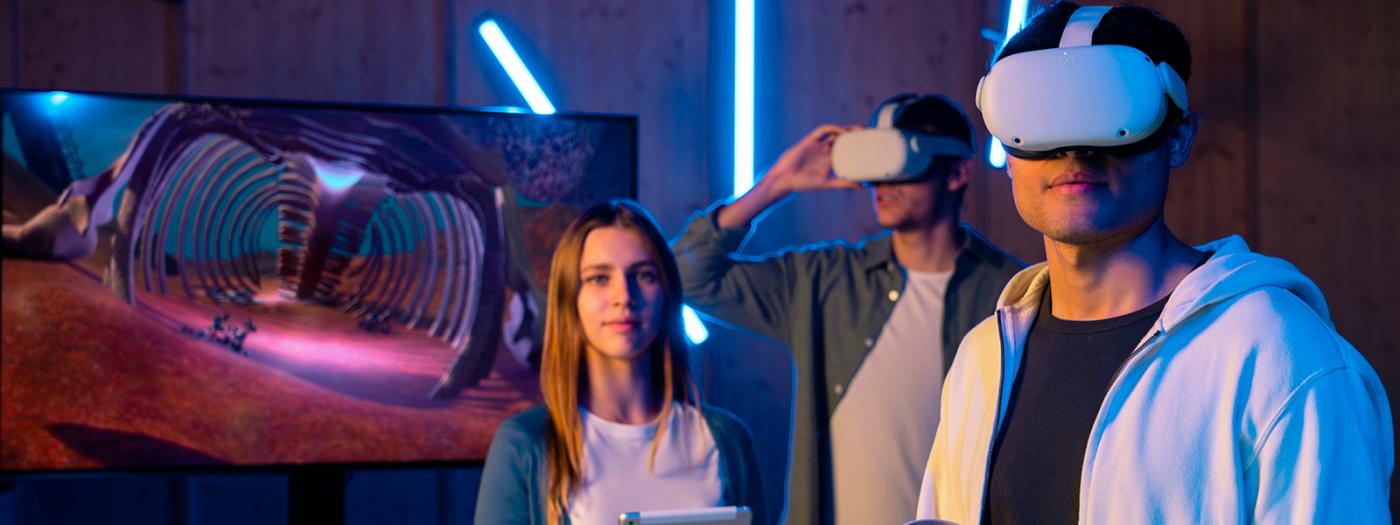Titular Professors
The main objectives of the subject are:
Learn the different online services architectures and when to use them.
Develop online services
The secondary objectives are:
Know the client-server architecture.
Know the HTML protocol.
Know XML and JSON data exchange languages.
Know JavaScript and ECMA18.
Learning Outcomes of this subject are:
RA.01 It is possible to develop computer applications based on client / server architectures, web and mobile devices.
RA.02 It gives the necessary knowledge to use design patterns.
RA.03 Knowledge for develop database access applications.
Client/server architecture.
Server technologies.
Online services
Object-oriented programming.
Development using design patterns.
F01. Master Class
The teacher transmits knowledge/concepts to the students through an oral presentation, often the explanation is supported with contents on a blackboard and/or audiovisual.
F02. Solving problems and exercises
The teacher proposes a set of problems and/or exercises with the aim that the students put into practice and/or complement the knowledge they have acquired previously.
F03. Personal study
The student studies the contents of the subject on his own. This study may involve content analysis, comprehension, and/or memorization.
F04. Evaluation activities
The student takes tests that assess the acquisition of skills and knowledge. In classes and/or to work non-school hours, the teacher asks for problems/exercises in order to evaluate them and give feedback to the student.
F05. Practice or project
The student solves a practical case by applying the knowledge covered in class, may also include the acquisition and application of new knowledge independently and/or guided by teachers. Normally the student can consult material on the topics / knowledge required by the practice or project.
F07. Tutorials
The teacher gives a reference and/or provides documentation to the student that indicates step by step the operation of a work tool or a process in order to achieve a certain result.
F08. Specialized tutoring
The teacher guides and supervises a student or a small group of students in the development of an activity specific to the contents of the subject.
F13. Portfolio
The student collects works, practices and/or projects carried out in various subjects of the University Degree. These works denote the personal process followed by the student, allowing him and those interested to see their progress in achieving the knowledge of the Degree.
Final mark of the subject is calculated according to the expression:
NFinal = 0,9 * Nepp + 0,1 * Nportfoli
The exercises, problems and practices mark (Nepp) is calculated as 30% of the average of practical exercices (Nexercicis) and 70% of the mark obtained in the practice (Npractica). Npractica must be equal o greater than 5, otherwise the subject will not be passed. So:
Nepp = 0,3*Nexercises + 0,7*Npractice
THOMAS FIELDING, R. (2000) Architectural Styles and the Design of Network-based Software Architectures. Disponible online: https://www.ics.uci.edu/~fielding/pubs/dissertation/top.htm
RUBY S.; RICHARDSON L, RESTful Web Services: Web Services for the Real World, May 8th, 2007, O'Reilly Media.
